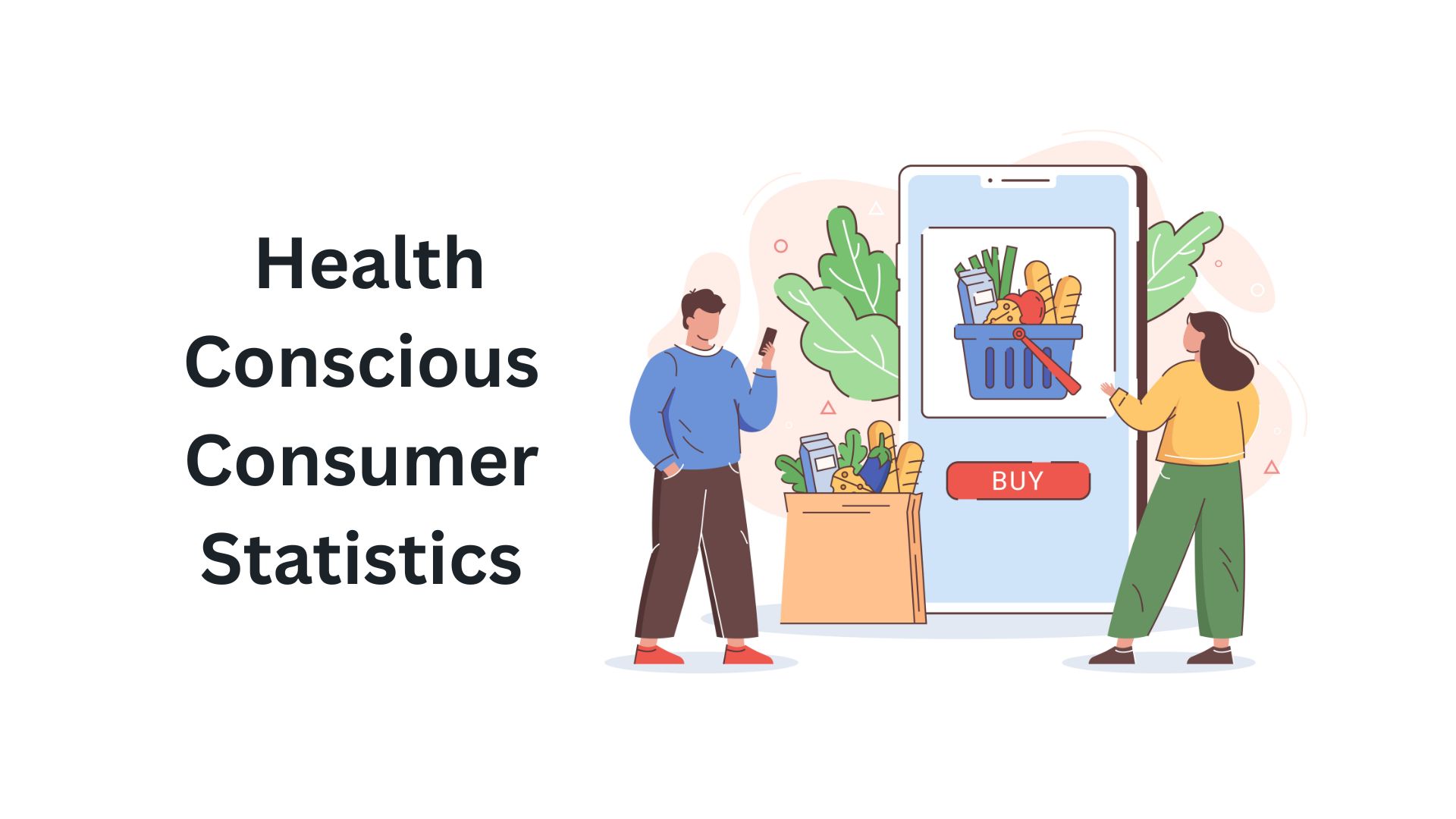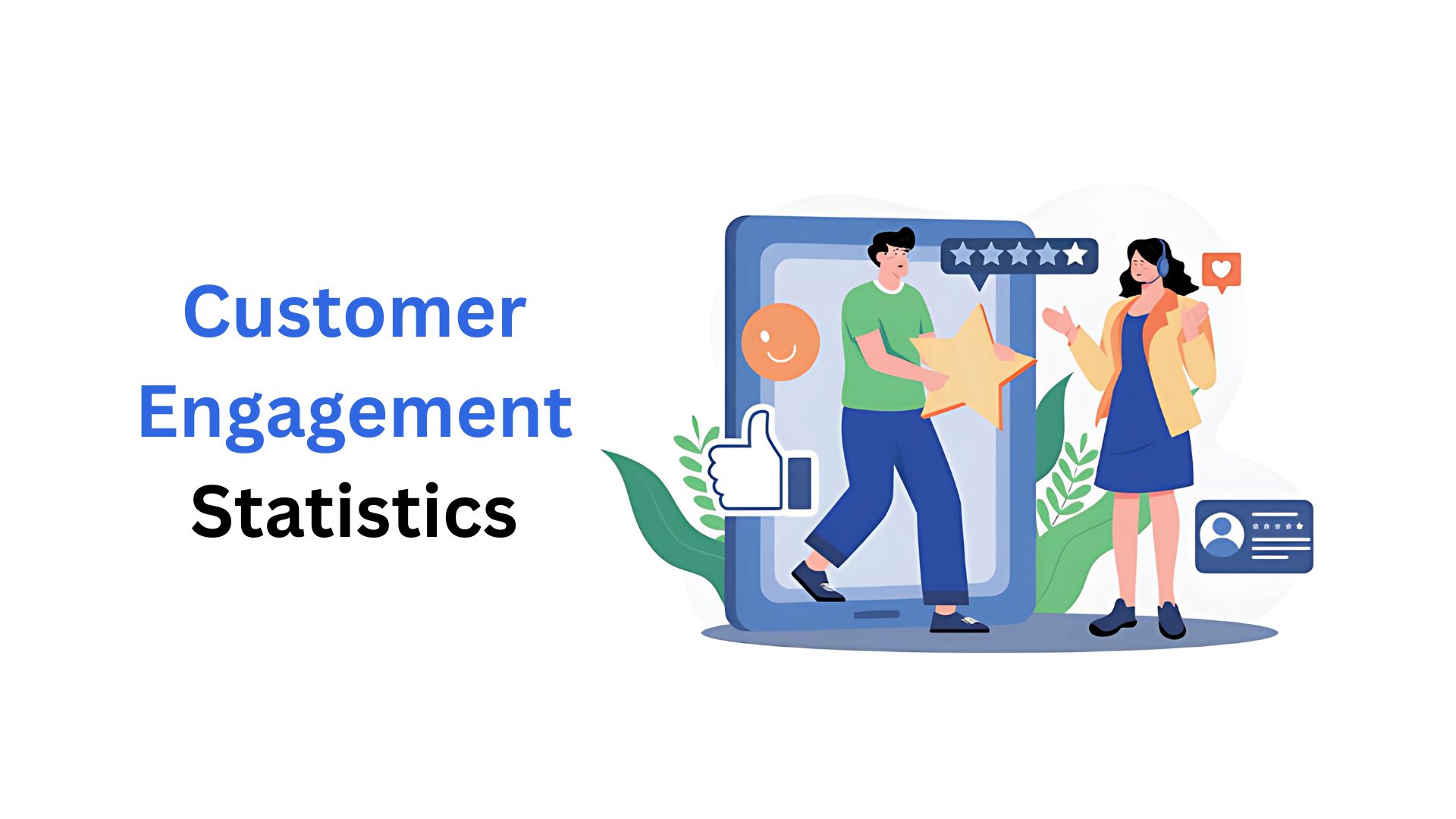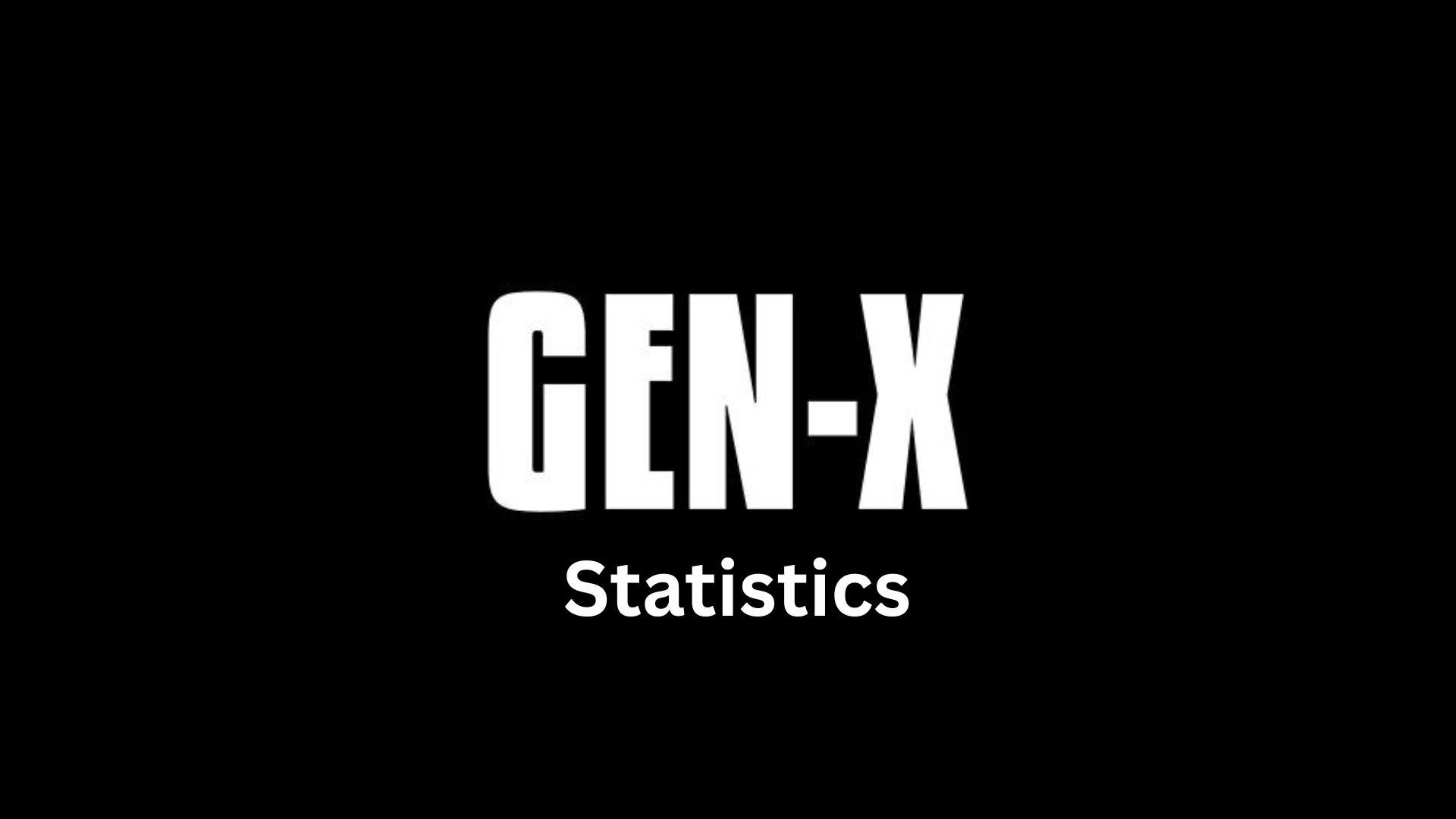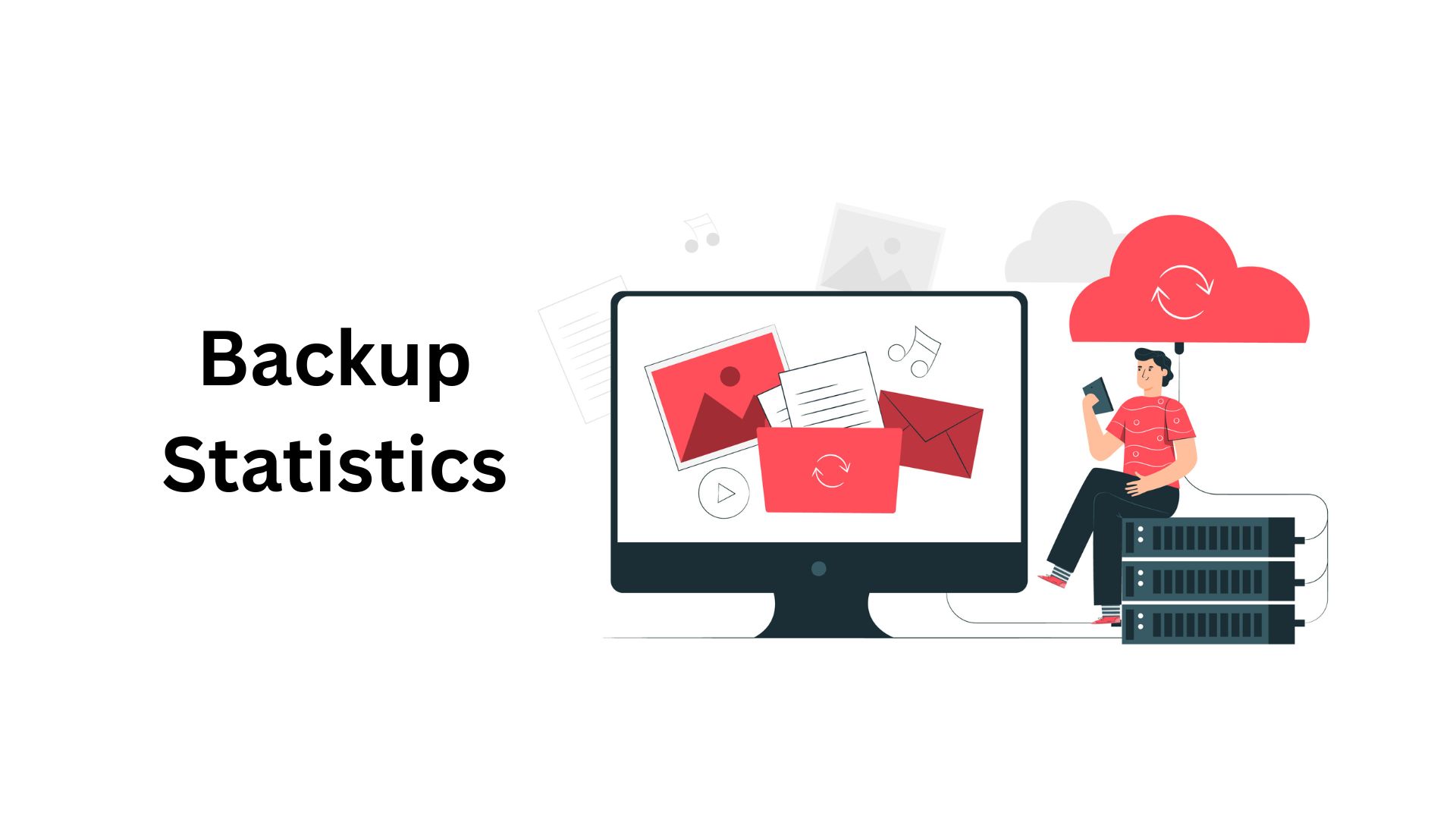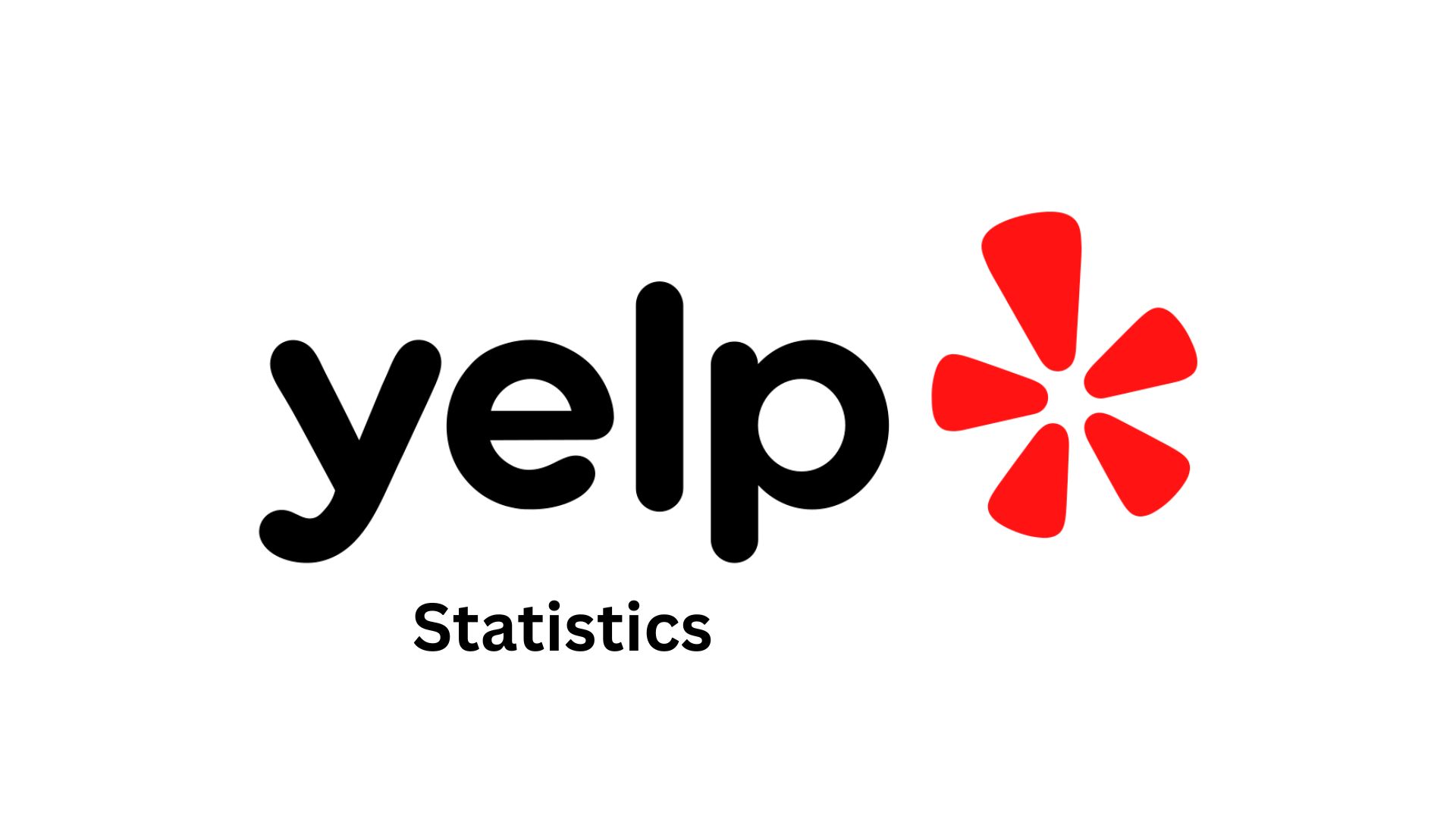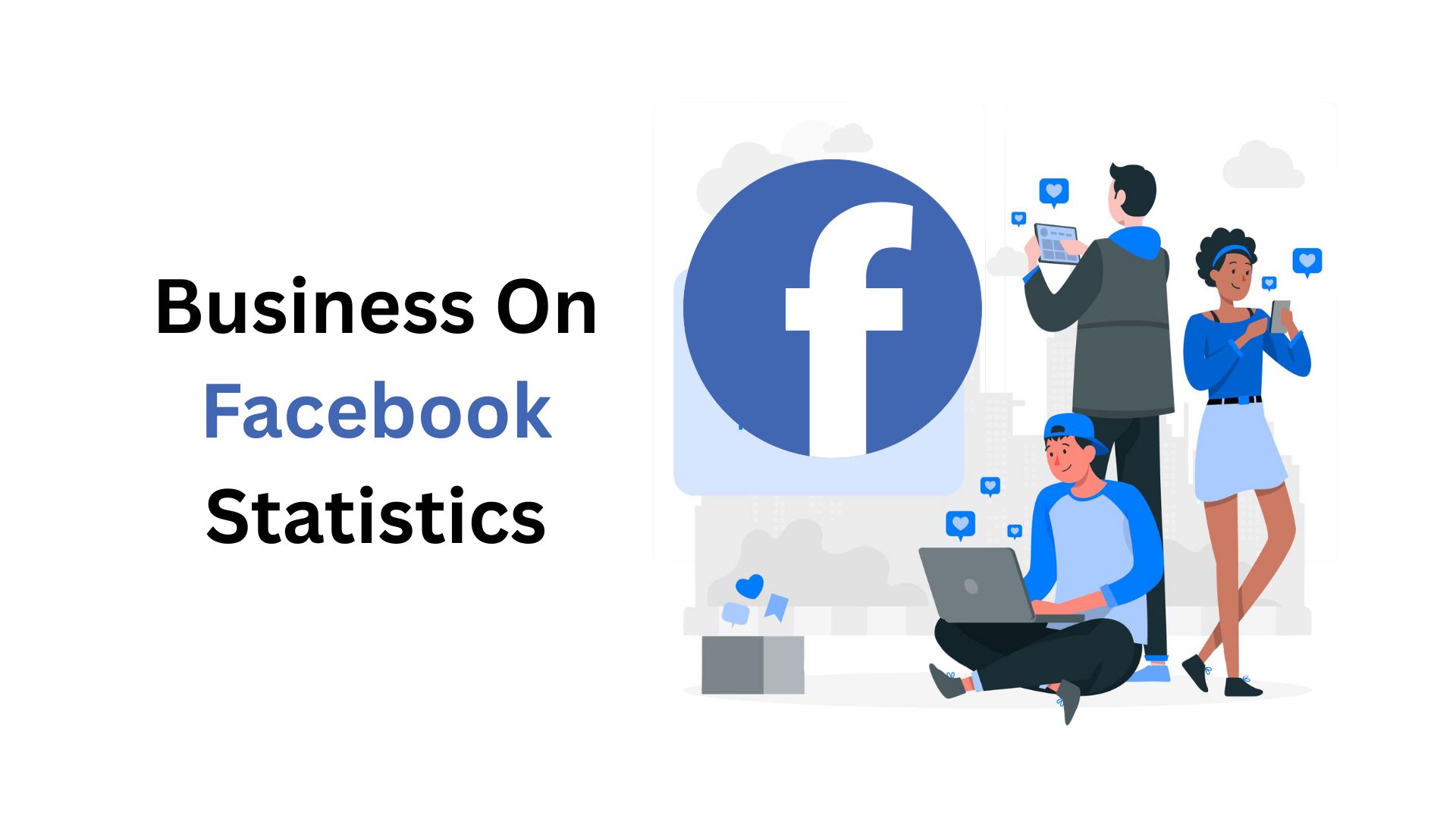[Alcoholic Drinks] Drinking At Work Statistics By Industry, State And Fact
Updated · Jul 02, 2025
![[Alcoholic Drinks] Drinking At Work Statistics By Industry, State And Fact](https://electroiq.com/wp-content/uploads/2025/02/Alcoholic-Drinks-Drinking-At-Work-Statistics.jpg)
Table of Contents
- Introduction
- Editor’s Choice
- General Facts About Drinking At Work Statistics
- Drinking At Work Statistics By Industry
- Types Of Jobs That Permit Drinking At Work
- Drinking At Work During Work-From-Home
- Drinking At Work Statistics By State
- The Impact Of Alcohol On Workplace Productivity
- Alcohol Consumption And Its Impact In Europe
- Conclusion
Introduction
[Alcoholic Drinks] Drinking At Work Statistics: Recent years have borne witness to some rearrangements in alcohol-behavioral patterns in the workplace. The dynamic Corporate- and workplace cultures, the advent of remote work, and Lent-G-Shift in generational attitudes all have played a significant role in changing values toward and attitudes concerning drinking hours.
The article examines the [Alcoholic Drinks] Drinking At Work statistics available for this year and what is significant in consideration of various trends for employers and employees.
Editor’s Choice
- According to [Alcoholic Drinks] Drinking At Work statistics, mining takes the lead for heavy alcohol consumption by industry, as 18% of miners classify themselves as heavy drinkers.
- 17 million adults and 900,000 adolescents in the U.S. are affected by alcohol use disorder.
- 36% of men and 26% of remote-working women reported drinking during work hours.
- 32% drank more during work-from-home sessions than they would on other occasions.
- 22% of employees involved in the strict lockdown stocked up on alcohol.
- 35% became more alcohol-intense compared to pre-COVID-19.
- Among remote workers, 9 out of 10 drank on the job every day; 8 of 10 drank at least twice a week.
- [Alcoholic Drinks] Drinking At Work statistics estimated that 8,000 deaths from alcohol were recorded in the U.S. in 2019, which includes the early months of the pandemic.
- Drinking in the workplace varies across different states, with Alaska (67%), Maine (60%), and New Mexico (56%) being some of the states with the highest levels.
- Alcohol consumption leads to reduced productivity and absenteeism, costing £5 billion-plus to the economy in England every year.
- 80% of workplace incidents related to alcohol involve non-dependent drinkers.
- [Alcoholic Drinks] Drinking At Work statistics reveal that in Europe, 8.4% of the working-age population drinks daily, 28.8% weekly, and 22.8% monthly.
- Alcohol has a 7% attributable fraction for illness and premature death in Europe.
- 800 alcohol-related deaths occur every day, mainly because of cancer (29%), liver cirrhosis (20%), cardiovascular diseases (19%), and injuries (18%).
General Facts About Drinking At Work Statistics
- Workplace incidents in Australia can be related to the excessive consumption of alcohol in the office – almost 11% of them.
- Market research reveals that, during the pandemic, 34% of employees drank alcohol daily in the office.
- Work-related stress is another major factor that increases alcohol consumption; 27% of employees report an increased desire to consume alcohol when feeling such stress.
- [Alcoholic Drinks] Drinking At Work statistics found that, among professional lawyers, one in five suffers from a drinking problem. Bartenders are affected even more since they are 2.33 times more likely to die from alcohol-related issues.
- The drinking rates among other professions like shoe machine operators, roofers, painters, cooks, and sailors range from 1.75% to 1.87%.
- Employees who drink alcohol during working hours contribute to 3.5% of workplace accidents.
- Regular drinkers often display absenteeism patterns by taking Monday and Friday off. Many usually call sick the day after payday. Taking alcohol at the workplace, therefore, results in bad decision-making and low concentration and hence increases accidents in the workplace, affecting not only individuals but also their colleagues.
- About 20% of a non-drinking employee in the U.S. has suffered hazards or incidents in the workplace because of intoxicated co-workers.
- Plus, 35% of employees display some drinking signs during working hours.
- Health-related issues linked to alcohol affect public systems financially.
- [Alcoholic Drinks] Drinking At Work statistics show that the United Kingdom spends about 3.5 billion euros every year on addiction treatments under the National Health Service, with 11 billion euros reported to have been spent on crime prevention linked to alcohol abuse. In total, about 21 billion euros are allocated by the UK government for alcohol-related issues.
- To assist their employees struggling with alcohol use, many companies offer Employee Assistance Programs or EAPs.
- About half of all full-time employees have accessed or used such programs. Each year, businesses in the U.S. spend US-33-US$68 billion in assistance for employees with alcohol disorders.
- Workplace drinking experiences differ. 15% of employees can drink in the office when the boss is present; 10% prefer drinking after work. Nevertheless, more than 50% of employees will agree that.
- Alcohol drinking at work doesn’t help at all, it only causes disruption. “Work drinking is also costly; the average worker in the United States spends US$3,000 per year on alcohol relapses caused by work drinking.”
- [Alcoholic Drinks] Drinking At Work statistics estimated that 2.3 million Americans go to work intoxicated.
- At work, about 8.9 million employed people (7.1%) report drinking during work hours. 65{65} % of employees above the legal drinking age (those above 18) consume alcohol during work hours, according to an Alcohol Rehab Guide survey in the U. S. Interestingly, out of the nearly equal number of people in the same cohort who are not employed, 53% consume alcohol.
- Indirectly, the observation is that those having a job drink more than those who are not employed.
- [Alcoholic Drinks] Drinking At Work statistics state that Alcohol misuse disorder diagnosis has been established in about 17 million adults in the U.S. Among these, 6% of employees admit to binge drinking at least once a month, while another 3% report this kind of binge drinking several times a week.
Drinking At Work Statistics By Industry
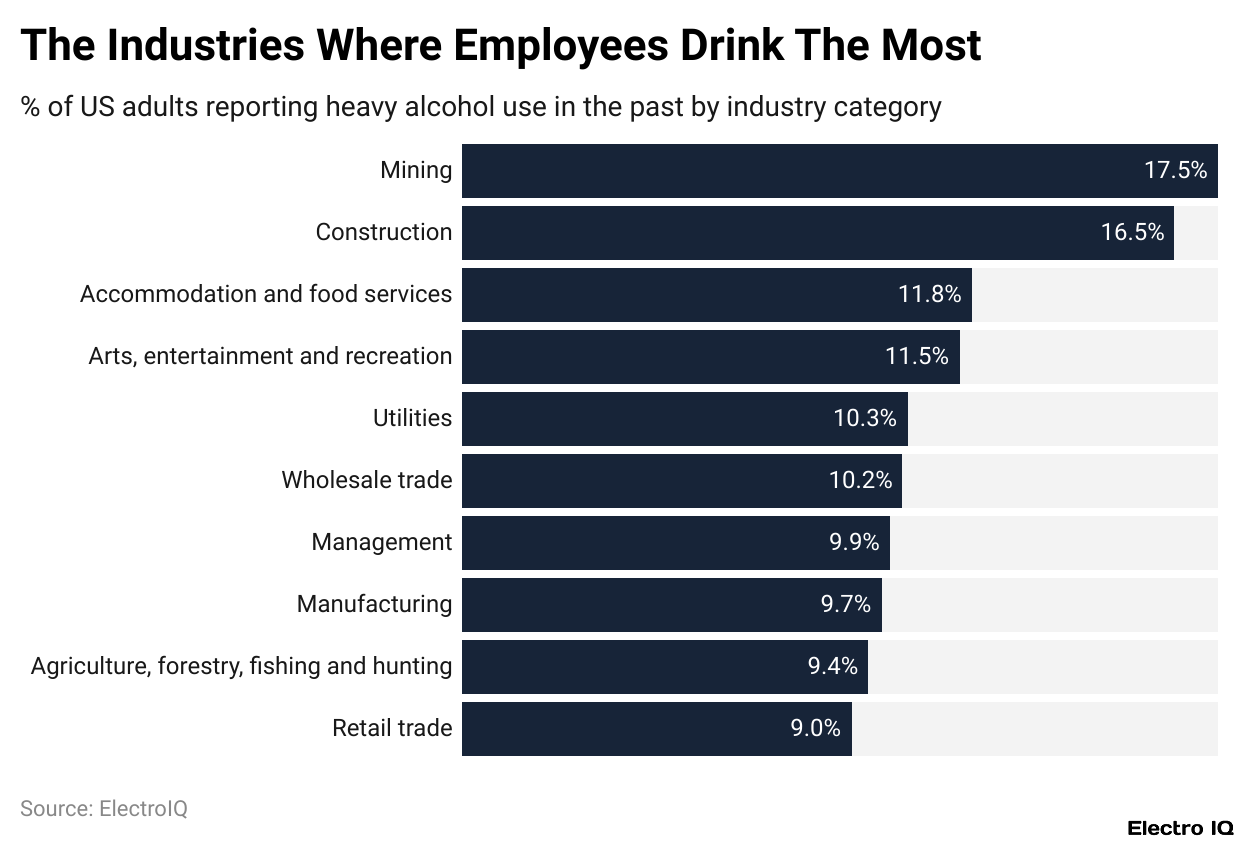 (Reference: statista.com)
(Reference: statista.com)
- [Alcoholic Drinks] Drinking At Work statistics show that Heavy drinking was found to be predominant among miners, where 18% of them indicated having consumed alcohol in excess.
- In this case, heavy drinking is defined as having five or more drinks during one occasion on at least five occasions in the past 30 days.
- The construction industry follows a close second in heavy drinking, while accommodation and food servicing occupy the third position.
- In addition, it is estimated that 17 million adults and 900,000 adolescents in the U.S. are affected by alcohol use disorders.
- It is predicted that excess consumption of alcohol has a huge economic toll on the United States, racking up billions of dollars in costs per year. Middle-aged men lose their lives to alcohol poisoning on a wider scale.
- Some of these industries, like mining, physically demanding and risky, naturally tend to drive up alcohol consumption levels among workers.
Types Of Jobs That Permit Drinking At Work
Over the last few years, especially due to the effect of the pandemic, many companies have started to relax rules against employees drinking during working hours. Some of the jobs that permit drinking at work or call for drinking as part of their duties include:
- Bartenders: Constutively, bartenders drink their drinks for quality-control purposes. Even though fun at first, alcohol can become boring when repeatedly consumed.
- Liquor Store Employees: In some establishments, liquor store employees may be able to sip while on the job when the management allows. Sharing a drink is normal while the team stacks shelves or takes stock.
- Writers, of course, seem to work for long hours, sometimes preferring drinking coffee as creative fuel. This, however, is more of an individual choice, as many well-known authors have enjoyed the occasional drink while writing.
- Food Critics and Beverage Testers: They are mandated to taste alcoholic beverages up to the point of quality judgments before reaching the consumer. Tasting a variety of alcoholic drinks is something they do within their scope of operation.
- Media and Ad Professionals: Those in charge of advertising drinks for the alcohol category are usually seen drinking on sets of commercials or promotional shoots to elicit a desire for the product among consumers.
Drinking At Work During Work-From-Home
- [Alcoholic Drinks] Drinking At Work statistics state that in the United States, 36% of men and 26% of women working from home reported drinking during work hours as part of their incidence of at-work drinking.
- Workplace drinking in remote locations was responsible for the loss of productivity in many workplaces.
- In the USA, one-third of home-based employees continued to drink while working from home.
- 32% said they drank more at the time while working from home than in any other situation.
- During the most intense lockdowns, it was noted that 22% of the employees stored alcoholic beverages in anticipation of long-term solitude.
- 35% said that they have increased their alcohol intake from pre-pandemic levels.
- Surprisingly high sales of spirits were reported at the beginning of the lockdowns in 2020.
- While some workers have found a better work-life balance due to working at home, many have continued to increase their alcohol consumption from the office days.
- [Alcoholic Drinks] Drinking At Work statistics reported that up to 9 out of 10 workers were drinking noon through the end of the workday and at least twice a week among those who reported consuming alcohol while telecommuting.
- Of all alcoholic beverages consumed during work-from-home periods, beer was the most preferred one.
- In the early months of the pandemic- including 2019, the United States registered an estimated 8,000 deaths due to alcohol consumption beyond safety measures.
Drinking At Work Statistics By State
| State | Drink Of Choice | Percent Drinking During Work Hours |
| Alabama | Liquor | 30% |
| Alaska | Liquor | 67% |
| Arizona | Beer | 36% |
| Arkansas | Liquor | 16% |
| California | Liquor | 34% |
| Colorado | Beer | 41% |
| Connecticut | Beer | 45% |
| Delaware | Liquor | 50% |
| Florida | Liquor | 29% |
| Georgia | Liquor | 32% |
(Source: enterpriseappstoday.com)
- [Alcoholic Drinks] Drinking At Work statistics reveal that In Alabama, workdays are made colourful with the presence of some 30% of the workforce drinking liquor and sometimes beer of the more casual kind.
- Alaska has rated pretty high, with figures recorded at 67% of the workforce drinking liquor while working.
- The state of Arizona records 36% of the workforce drinking during working hours, with a preference for beer.
- Arkansas is a very low 16%, but liquor predomains.
- California records 34% of employees reportedly drinking at work, while liquor is their drink of choice.
- A notch up to Colorado goes 41% with the beer most consumed there. In Connecticut, 45% of employees drink at their workplace, preferring beer. With a much higher level of 50%, Delaware employees engage most often in liquor.
- In Florida, 29% of employees are reported to drink during work hours, with liquor as the preferred type. With a 32% preference for liquor, Georgia stands next in line.
- These 17 [Alcoholic Drinks] Drinking At Work statistics show that the habits of drinking in workplaces change from state to state, with some areas showing high percentages of those drinking at work.
The Impact Of Alcohol On Workplace Productivity
- One of the countries has stated that alcohol is one major reason for the loss of work. This loss may be in terms of absenteeism and performance.
- [Alcoholic Drinks] Drinking At Work statistics estimated that this in England has cost the economy over 5 billion pounds every year.
- In a small way, a company with 200-odd employees will easily lose more than 30,000 pounds each year because of alcohol-related issues.
- Alcohol problems were previously usually thought to be confined to a small group of heavy drinkers. It is now known that alcohol can affect any person.
- These problems can include common issues such as headaches, insomnia, and hangovers. Alcohol can also cause relationship tensions and unnecessary expenditure.
- Constant use of alcohol may also result in extreme mental health problems and depression, along with impairing physical health, which leads to liver problems, strokes, and cancers.
- Such effects are widespread in workplaces. Although 90% of the employers recognized the problems associated with alcohol, over 80% of cases were not sustained by employees considered alcohol-dependent. This serves as a highlight emphasizing alcohol’s widespread effect on individuals and businesses.
Alcohol Consumption And Its Impact In Europe
- According to [Alcoholic Drinks] Drinking At Work statistics, alcohol use was an integral part of many adults in the European Union; about 8.4% of the working-age population drank alcohol every day, while 28.8% drank weekly, and 22.8% drank once a month.
- Daily drinking was highest in Portugal, at 20.7%, followed by Spain at 13.0% and Italy at 12.1%.
- Drinking weekly was an activity most common in the Netherlands, where almost 47.3% of the population drinks once a week; Luxembourg, 43.1%, and Belgium, 40.8%, were the closest in number to this regarding weekly drinkers.
- Monthly consumption was highest in Lithuania, at 31. 3%. In all EU countries, males were found to be more frequent drinkers than females. Excessive consumption of alcohol is one of the most serious public health problems in the EU.
- It accounts for over 7% of diseases and premature deaths. Even if moderate consumption is done, it could pose a risk for severe health conditions like heart disease, liver disease, and cancer.
- Heavy and lifelong drinking makes one likely to be addicted. Concern remains over deaths that are alcohol-related, with about 800 deaths in Europe every day attributed to causes related to alcohol.
- The leading causes of death, with mean percentages, are cancer (29%), liver cirrhosis (20%), cardiovascular diseases (19%), and injuries (18%).
- The bad effects of alcohol do not fall solely upon the individual; they also come to bear on families and communities.
- Relationship disturbances-personal and social, crime, loss of productivity, and increased health burdens are big challenges associated with alcohol use in the EU.
Conclusion
[Alcoholic Drinks] Drinking At Work statistics illustrate the intricate nexus between alcohol consumption and the workplace. There are still some employees consuming alcohol during work hours, but a major trend toward sobriety is being observed, and increasingly so among younger workers. Employers should acknowledge these trends and work to install policies promoting health, safety, and inclusivity.
While supporting an environment of care conducive to work, companies must also provide resources to any staff member grappling with alcohol-related problems to improve productivity while ensuring the welfare of their workforce.
FAQ.
With 18% of its workers admitting to drinking heavily, the mining industry has the highest incidence of heavy alcohol consumption in all industries. Construction and accommodation/food services follow closely.
Alcohol use leads to poor performance, absenteeism, impaired judgment, and increased incidence of accidents at work. In the UK alone, it costs the economy £5 billion annually. Non-dependent drinkers contribute to 80% of workplace alcohol-related issues.
Approximately 36% of men and 26% of women working from home confessed to doing so during working hours. Reports indicate that 90% of remote workers drank during working hours almost every day, while 80% reported doing so at least twice a week.
Alaska (67%), Maine (60%), and New Mexico (56%) are the states with the highest number of employees drinking at work. Except for most, the preference changes, with the beer for some and liquor for the other.
Bartenders, liquor store employees, authors, food critics, beverage testers, and media professionals involved in advertising alcoholic brands are some occupations which permit or consist of alcohol drinking.
Alcohol abuse increases the risk of liver disease, cancer, cardiovascular problems, as well as mental health disorders, and in Europe, 7% of all illnesses and premature deaths are attributable to alcohol, with up to 800 deaths from alcohol occurring every day.

Maitrayee Dey has a background in Electrical Engineering and has worked in various technical roles before transitioning to writing. Specializing in technology and Artificial Intelligence, she has served as an Academic Research Analyst and Freelance Writer, particularly focusing on education and healthcare in Australia. Maitrayee's lifelong passions for writing and painting led her to pursue a full-time writing career. She is also the creator of a cooking YouTube channel, where she shares her culinary adventures. At Smartphone Thoughts, Maitrayee brings her expertise in technology to provide in-depth smartphone reviews and app-related statistics, making complex topics easy to understand for all readers.

